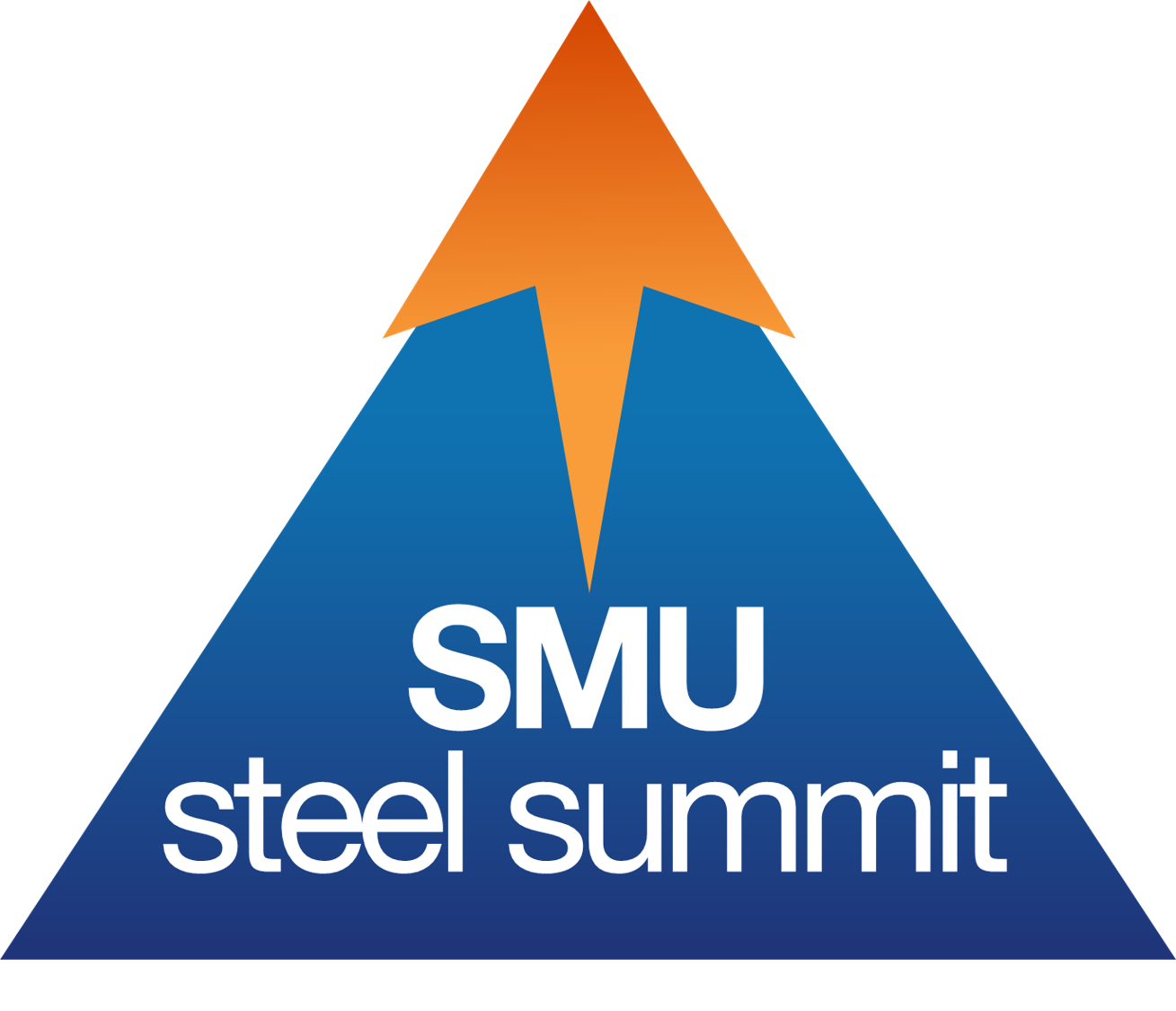Steel Products
Construction Spending Mixed; Big Drops in Infrastructure
Written by Sandy Williams
October 2, 2017
The Associated General Contractors of America urged Congress and the Trump administration to include new spending as part of the tax reform proposal to reverse declining infrastructure investment. New investments will offset declining public sector demand and help boost overall economic activity, said AGC.
“It is hard for American employers to be globally competitive when their workers are stuck in traffic and their products are being detoured around crumbling bridges,” said AGC CEO Stephen E. Sandherr.
Most major construction spending categories increased from July to August, but activity was mixed compared to spending levels a year earlier, according to an analysis of new government data by the AGC. Association officials noted that big drops in public investments mean infrastructure will continue to deteriorate and impede economic growth.
“It is encouraging that spending rebounded in August for many types of residential, private nonresidential and public projects,” said Ken Simonson, the association’s chief economist. “However, the August numbers also show that public and private nonresidential construction are continuing to slow or fall below last year’s levels. Spending patterns are likely to be uneven through next year, as previously hot categories cool off but others revive.”
Construction spending in August totaled $1.218 trillion at a seasonally adjusted annual rate, an increase of 0.5 percent from the July total and up 2.5 percent from a year earlier, Simonson said. He noted that all major categories had gains for the month, but private nonresidential and public construction totals were lower than a year ago, while single-family and multifamily construction both rose on a year-over-year basis.
Private nonresidential spending grew 0.5 percent in August, after two months of steep declines, but was 2.5 percent below the August 2016 level. The largest private nonresidential segment was power construction (including oil and gas field and pipeline projects), which gained 0.5 percent for the month, but dropped 7.4 percent from August 2016 to August 2017. The next-largest segment, commercial (retail, warehouse and farm) construction, rose 0.1 percent for the month and 10.4 percent year-over-year. In contrast, manufacturing construction plunged 4.3 percent for the month and 20.8 percent from a year earlier. Private office construction increased 1.3 percent from July, but only 0.2 percent since August 2016.
{loadposition reserved_message}
Public construction spending climbed 0.7 percent from the prior month following large decreases in June and July. But public spending skidded 5.1 percent from August 2016 to August 2017. Highway and street construction declined 1.3 percent for the month and 6.0 percent from a year earlier. Among other major public infrastructure categories, spending on transportation facilities such as transit and airport construction rose 0.8 percent for the month, but slipped 0.4 percent year-over-year; spending on sewage and waste disposal plummeted 1.2 percent and 16.1 percent, respectively; and spending on water supply rose 2.6 percent in August, but fell 6.4 percent year-over-year. Public educational construction was up 3.5 percent in August, but down 2.8 percent over 12 months.
Private residential construction spending increased 0.4 percent between July and August and 11.6 percent over the year. Spending on multifamily residential construction grew 0.9 percent in August and 2.3 percent from a year ago, while single-family was up 0.3 percent for the month and 11.1 percent from the August 2016 rate, AGC reported.

Sandy Williams
Read more from Sandy WilliamsLatest in Steel Products

SMU Steel Demand Index momentum slows further
SMU’s Steel Demand Index growth eased again, according to early April indicators. The slowdown comes after the index reached a four-year high in late February.

SMU Community Chat replay now available
The latest SMU Community Chat webinar reply is now available on our website to all members. After logging in at steelmarketupdate.com, visit the community tab and look under the “previous webinars” section of the dropdown menu. All past Community Chat webinars are also available under that selection. If you need help accessing the webinar replay, or if your company […]

US light-vehicle sales accelerate in March
US light-vehicle (LV) sales increased to an unadjusted 1.59 million units in March, more than a 30% surge over February and 10.7% above year-ago totals, according to US Bureau of Economic Analysis data.

Construction adds 13,000 jobs in March
The construction sector added 13,000 jobs, seasonally adjusted, in March, but tariffs could undermine the industry.

SMU Steel Summit 2025: Prime hotel spots are nearly gone!
After last year’s historic turnout, the buzz around SMU’s Steel Summit 2025 is picking up. So, it’s no surprise room blocks are going quick, and I mean FAST. Get ready for another blockbuster event! This year’s meeting of the North American flat-rolled steel industry is shaping up to be another record-setting gathering with a timely […]
